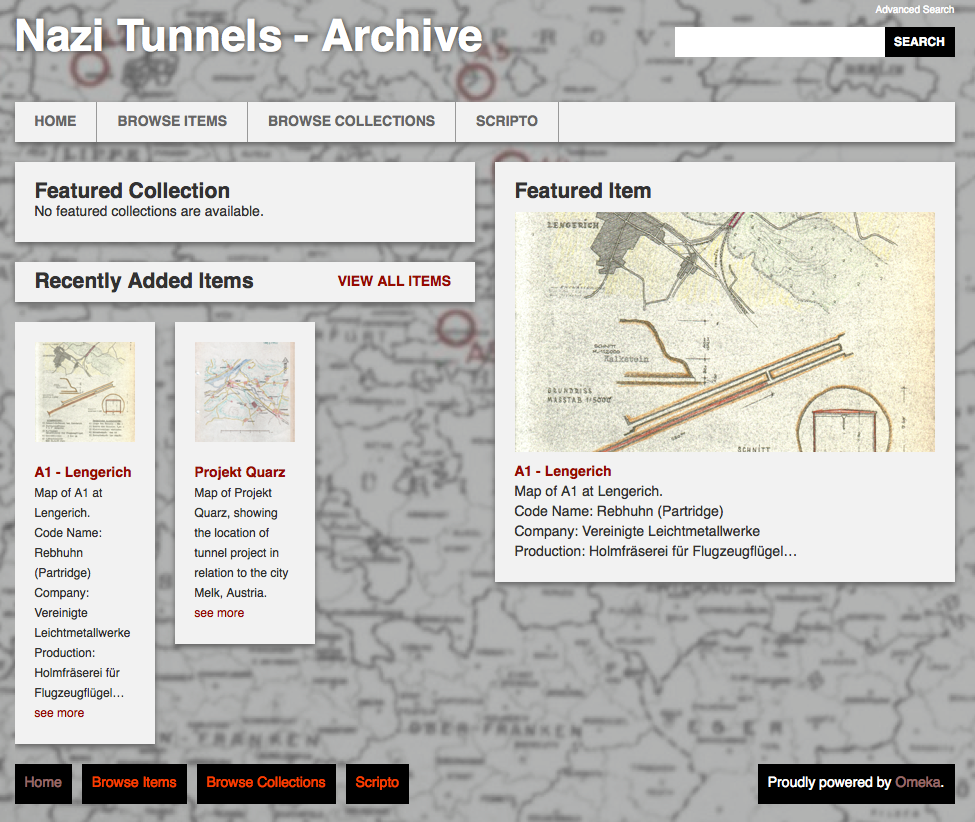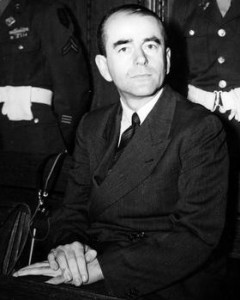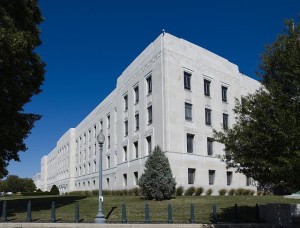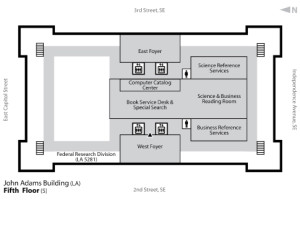Believe it or not, this was my first ever THATCamp experience. Seems hard to imagine since I have worked at CHNM since before the inception of THATCamp. Ah, well, the stars finally aligned, and was able to attend this year. And it was great.
I attended three workshops on Friday, and a couple of sessions on Saturday. Here are some thoughts…
Digital Data Mining with Weka: This was a neat crash course on what data mining is and is not, and one free tool to help do some of that. It was more of a “here’s what’s out there, how does it apply to the humanities” than a hands on, hands dirty, do some real work type of work shop. But it was good in that it opened up the possibility to do some data mining in the future. Since they were relatively small, here my notes:
What is data mining?
examples:
- recommend ads, products to users based on purchases
- finding patterns in large amounts of text (writing algorithms to find those patterns)
Goal of data mining is to predict what users/people will do based on data from other users/people
Data mining Tasks: classification, clustering, association rule discovery, sequential pattern discovery, regression, deviation detection
Goal is to predict the classification (or whatever) of future data, based on the current data that you analyze.
Cross validation (when done correctly you get true results, when not done correctly you get false results)
have multiple sets of data, one for training and the other for testing. Build the algorithm on the training data, then run it on the test. Then cycle through each testing data set and have it act as a training set. Do this way because you know the results for each, so you can tell if your algorithm is correct. When it’s good then you can use it on future data where you don’t know the result.
Interesting Things You Can Do With Git: This one was highly anticipated. I have been wanting/needing to learn git for a while now. For being in the IT field, having written some code, and even having a GitHub account with code on it, I’m ashamed to say I still don’t know how to use git effectively. There is not much you can do in 1.5 hours, and this was more a theoretical “here are some ideas”, than a “here is how to do it” approach.
The session on using blogs as assignments was maybe a bit premature for me. The session was really good, great ideas, tips, etc. But me teaching is still too far away for me to have put the mental effort in to following along much. I spent most of the time trying to find a good twitter client, but in the end just stuck with Adium.
Then I took some time to enjoy the hacker space. I decided it was time, and this was the perfect place to set up a transcription tool for my dissertation archive. So sitting at the very table where it is coded, I installed the Scripto plugin for Omeka. That’s a bit of a misnomer, since it is really a wrapper that lets Omeka and a Wikimedia install play nicely together. I went ahead and transcribed one of the documents in the archive as well. The archive is just in the testing phase, but here it is anyways: http://nazitunnels.org/archive

The final event of THATCamp for me was one last session proposed by a fellow “camper”. She wanted help learning about the shell/terminal/command line. So I volunteered to help out with that. It ended up that there were about eight people that wanted help learning the command line, and four of us that knew what we were doing. So it ended up being a great ratio of help needed to those who could offer it. We started with the very basics, didn’t get much past a few commands (ls, cd, rm, nano, grep, cat), but we went slow enough that everybody who was trying to follow along was able to, and they all left with a clearer understanding of what the shell is for, and why it is useful. The proposer found a great tutorial/book for learning the command line that I’ll have to go through as well. You can always learn something new.
What was also great about that session, since it was basically ran by those who needed the help, I saw how those who struggle with these concepts learn them, so I will hopefully be better able to teach them to others in the future.
UPDATE: I forgot to mention the many cool sites and projects mentioned during Saturday morning’s Dork Shorts. Here’s a list of the ones I took notice of.
http://afripod.aodl.org/
https://github.com/AramZS/twitter-search-shortcode
http://cowriting.trincoll.edu/
http://www.digitalculture.org/2012/06/15/dcw-volume-1-issue-4-lib-report-mlaoa-and-e-lit-pedagogy/
http://luna.folger.edu/luna/servlet/BINDINGS~1~1
http://www.insidehighered.com/blogs/gradhacker
http://hacking.fugitivetexts.net/
http://jitp.commons.gc.cuny.edu/
http://www.neh.gov/
http://penn.museum/
http://www.playthepast.org/
http://anglicanhistory.org/
http://podcast.gradhacker.org/
http://dhcommons.org/
http://ulyssesseen.com/
http://m.thehenryford.org/







